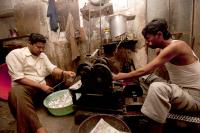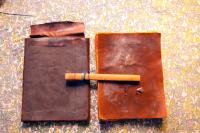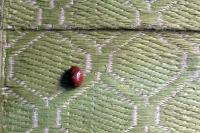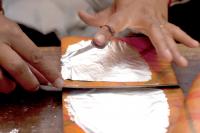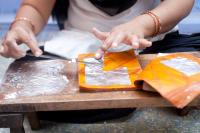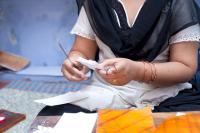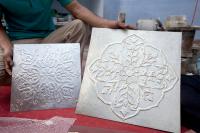Design Gallery
Varakh - Jaipur
The art of silver or gold foils
by
Varakh is an ancient craft where thin sheets of gold or silver are created and used for decorating sweets, fruits, paan, and even for cladding purposes. Primarily practiced by Muslim communities, artisans known as Pannigaars specialize in making fine gold and silver foils. The process begins by melting gold or silver biscuits into liquid form, which is then poured into molds to create thin rods. These rods are pressed into fine strips. Artisans cut the strips into small pieces and place them between pages of an Auzaar (a booklet), applying water and hammering to expand the foils. The process of placement and hammering is repeated until the desired size is achieved. The booklet is then opened, and the Varakh is carefully cut into rectangular shapes using a tool called Phalua. The edges are pressed to ensure smoothness, and any waste is used to fill gaps. After shaping, the Varakh is gently hammered flat and packaged, with 10 pieces bundled together and wrapped in butter paper, ready for use.
For more details:
http://dsource.in/resource/varakh-jaipur
